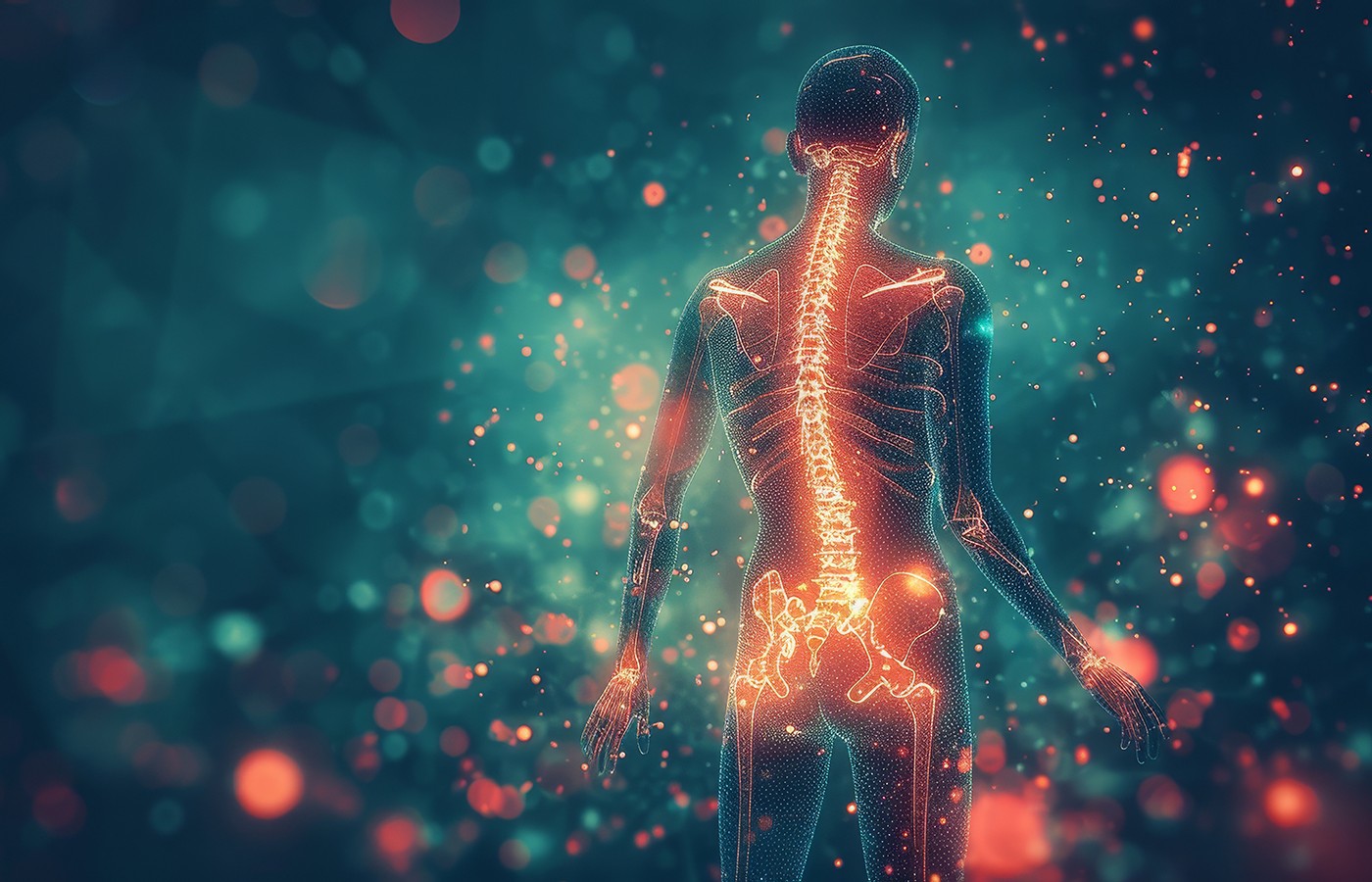On Oct. 21, 2025, a judge in Florida issued a groundbreaking decision in Complete Care v State Farm, 25-CA-1063. It concerns a fact pattern that many chiropractic doctors have faced wherein an insurer, such as State Farm or Allstate, decides to simply stop paying all claims submitted by a healthcare provider.
| Digital ExclusiveThe Pain and Inflammation Connection: The Biochemistry of Pain Management
- Inflammation is a healthy response to promote healing. But when it goes out of balance, as when the immune system becomes too proinflammatory, it causes increased tissue damage and chronic pain.
- While addressing the structural components of pain, you can dramatically increase the effectiveness by addressing biochemistry.
- Balancing inflammation with a curcumin and boswellia mix is a simple and powerfully effective way to begin.
Chronic pain afflicts over 20% of the adult population. Sadly, most MDs have essentially no education in treating pain, beyond offering a few toxic medications. Then they tend to steer people with pain away from those health practitioners who are trained.
This puts the chiropractic ommunity on the front lines for addressing this epidemic. Structural issues are critical, as is biophysics. This article addresses a third key issue in pain management: biochemistry.
Low Energy in the Cells = Muscle Shortening & Pain
This is a critical concept. When muscles don’t have enough energy, they get locked in a shortened position. This may seem counterintuitive, until you think about how your muscles feel after a heavy workout, when the energy is depleted. Not loose and limp, but instead, tight.
So, anything that chronically depletes muscle energy will cause muscle shortening and pain. This can be localized, as can occur from injury, ergonomic, or other strains; or systemic, as is seen in fibromyalgia from the widespread drop in cellular energy.
Address SHINE to Increase Overall Muscle Energy and Decrease Pain
Our published placebo-controlled research using fibromyalgia as a pain model showed that this condition can be effectively treated using the SHINE protocol. Research is also showing that long-COVID is a form of postviral chronic fatigue syndrome and fibromyalgia.
In the study, 91% of people improved with an average 90% increase in quality of life. Most people’s pain decreased dramatically to the point that they no longer qualified for the diagnosis of fibromyalgia.
The SHINE Protocol:
- Sleep
- Hormonal support
- Inflammation / Infections
- Nutrition
- Exercise and structural mobilization as able
Inflammation and Pain
Inflammation triggers pain through several mechanisms. Especially important are:
Acute and subacute pain (the first six weeks of pain). Inflammation addresses infections and injury, and promotes healing. This includes the release of numerous immune and inflammatory molecules (for example TNF, interleukins, etc.); and stimulation of nerves to increase nociceptive receptors, making the area more sensitive to pain. Inflammatory attacks on perceived infections can also damage our own joints and other tissues.
Chronic pain. This is usually self-sustaining and counterproductive. When the inflammatory and pain systems go out of balance, it leads to microglial activation, secondary central sensitization and “brain pain.”
Drops in local tissue energy (due to the above). This is why even in the presence of acutely inflamed joints or other tissues, inflammation will trigger secondary muscle shortening and pain, which can markedly amplify and perpetuate the pain from the overt hot-red swelling and associated tissue impingement.
Why Is This a Problem?
Inflammation is a healthy response to promote healing. But when it goes out of balance, as when the immune system becomes too proinflammatory, it causes increased tissue damage and chronic pain.
Unfortunately, the Western diet dramatically amplifies inflammation because of the excess sugar, white flour, and reduced omega-3 intake.
The standard medical approach to this is to simply give NSAID medications like ibuprofen – which can help, but do cause 50,000 excess U.S. deaths annually. So, safer alternatives are recommended that can be added to, or often in time replace, medications.
Balancing Inflammation to Achieve Pain Relief
Fortunately, this is easy to do:
Add some common sense to the diet. For example, some simple measures to decrease inflammation are to cut back sugar (especially sodas and fruit juices); change white flour to whole grains; and switch from grain-fed to grass-fed beef.
Decrease the cyclooxygenase (COX) enzyme. This is what NSAIDs like ibuprofen do. But they poison the system, causing horrible toxicity. Using herbs such as curcumin, you can balance the COX enzyme systems as effectively, but with side benefits instead of side effects. Note: This requires a very highly absorbed curcumin with turmeric oil to see the benefits.
Decrease the lipoxygenase (LOX) enzyme. Boswellia, also known as frankincense, is the premier herb to settle down LOX. Especially important when gut or lung inflammation is also present, but helpful for other inflammation as well.
I like to add in some nattokinase to start to melt away excess inflammatory debris, and DLPA (DL phenylalanine) to enhance endorphin production.
Fortunately, all four of the natural compounds above can be found together, making this easy for practitioners and people in pain.
Happily, I find that when the peripheral inflammatory and other triggers of pain are addressed, much of the central microglial activation or “brain pain” also begins to resolve. But if it is not, it can be settled down with numerous treatments, including palmitoylethanolamide (PEA).
So, while addressing the structural components of pain, you can dramatically increase the effectiveness by addressing biochemistry. Balancing inflammation with a curcumin and boswellia mix is a simple and powerfully effective way to begin.
Author’s Note: I discussed other components of SHINE in earlier articles. Please do feel free to email me and ask for free fibromyalgia / long-COVID practitioner information sheets and treatment tools. These discuss how to implement the SHINE protocol and naturally lower inflammation and pain. My email address is FatigueDoc@gmail.com. Please note that you are a health practitioner in the email.



